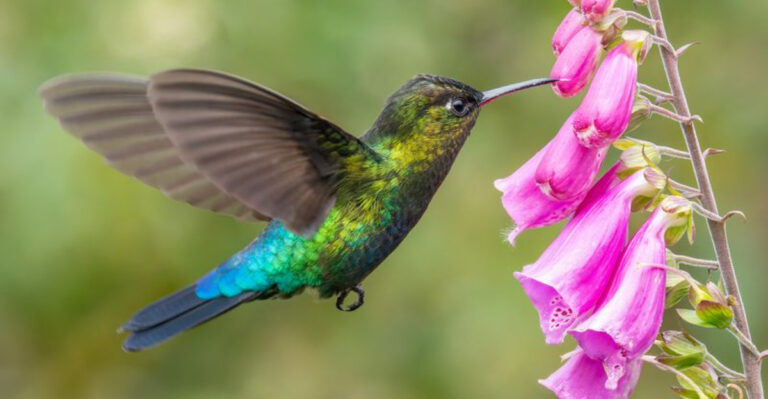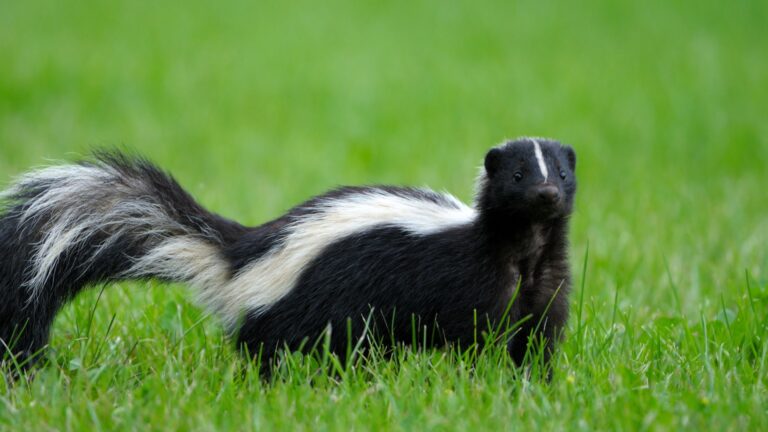14 Creative And Humane Ways To Capture Snakes

Finding a snake in your yard or home can be alarming, but there’s no need to panic. Snakes play vital roles in our ecosystems by controlling rodent populations and maintaining balance in nature. Whether you’re a wildlife enthusiast or simply need to relocate an unwanted visitor, these humane capture methods will help you safely handle the situation without harming these remarkable reptiles.
1. Snake Hook Technique

The snake hook resembles a golf club with a flattened end and provides a safe distance between you and the reptile. Professional handlers swear by this tool for its precision and control.
Gently slide the hook under the snake’s body at mid-length, then slowly lift. This supports the snake without pinching or hurting it, while keeping your hands safely away from its head.
2. Pillow Case Method

Pillow cases make excellent temporary snake containers because they’re breathable yet secure. Plus, most homes already have one available in a pinch!
Lay the pillow case flat on the ground with the opening facing the snake. Using a stick, gently guide the reptile inside, then carefully lift and immediately secure the opening with a knot or clip.
3. Clear Plastic Container Trap
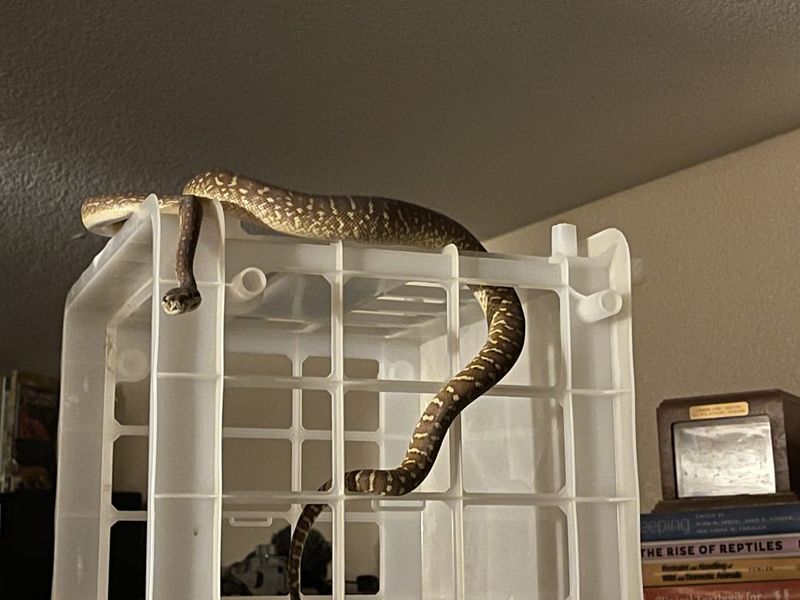
Transparency allows you to monitor the snake without disturbing it. Your recycling bin might just become your new snake-catching ally!
Place the container over the snake, then slide a thin, rigid piece of cardboard underneath. The snake becomes temporarily trapped between the two surfaces. Flip the container right-side up while keeping the cardboard in place as a lid.
4. Snake Tongs (Gentle Grabbers)
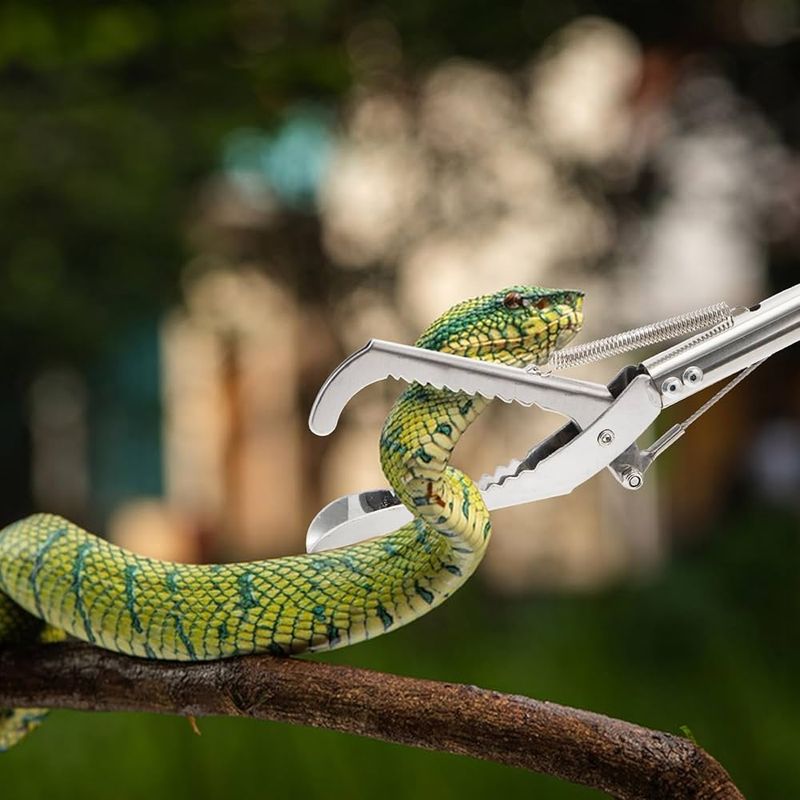
Modern snake tongs feature rubber-coated tips that distribute pressure evenly. They’re specifically designed to prevent scale damage or spine injuries.
Position the tongs around the snake’s mid-body—never the head or tail. Apply just enough pressure to secure without squeezing. The goal is gentle restraint, not constriction.
5. Snake Bags With Handling Tubes
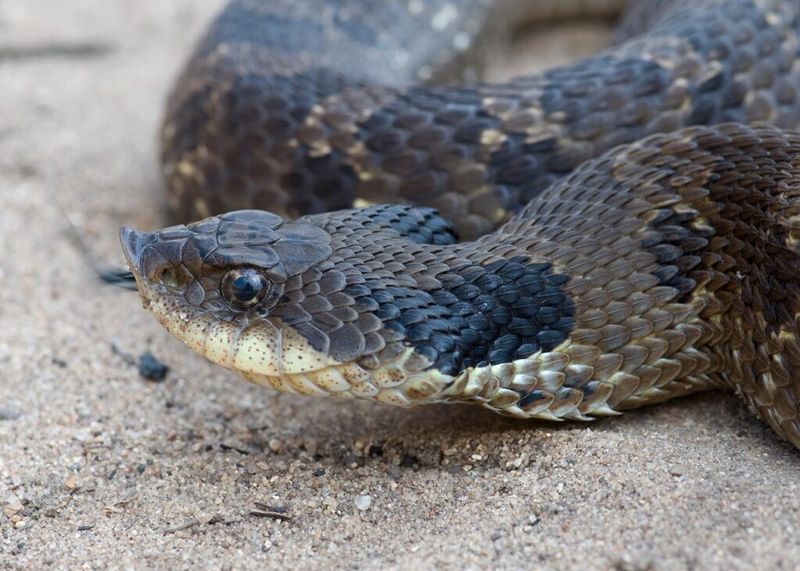
Snake bags incorporate a clear tube at the opening that creates a one-way entry path. The design brilliantly exploits snakes’ natural tendency to seek dark, narrow spaces.
Position the tube near the snake’s head. Most snakes will instinctively crawl through the tube into the dark bag. Once inside, the bag can be securely closed without ever touching the snake.
6. Minnow Trap Adaptation
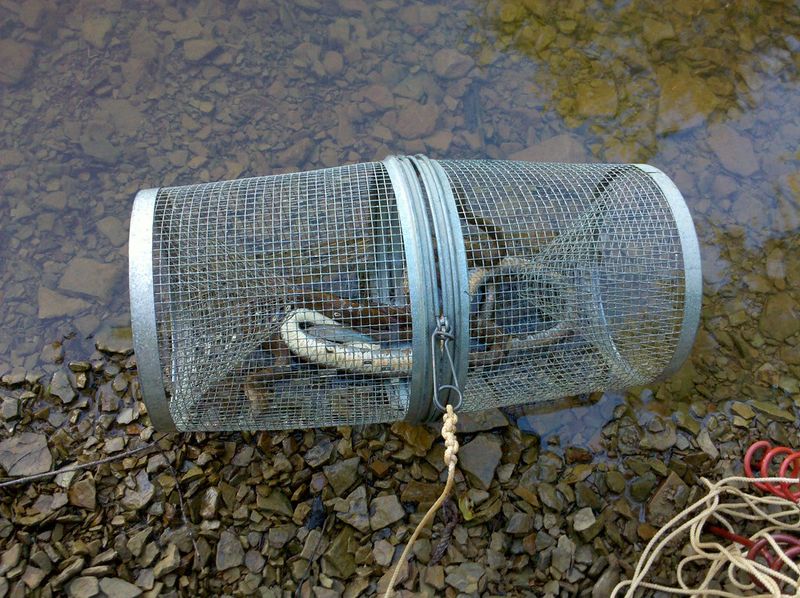
Fishing minnow traps can be repurposed as effective snake catchers with minimal modifications. Their funnel design creates an easy entrance but difficult exit.
Bait the trap with a warm water bottle wrapped in cloth to simulate body heat. Place it where snake activity has been noticed. The snake enters seeking warmth but cannot navigate back out through the narrow funnel opening.
7. Glue Board With Vegetable Oil Release
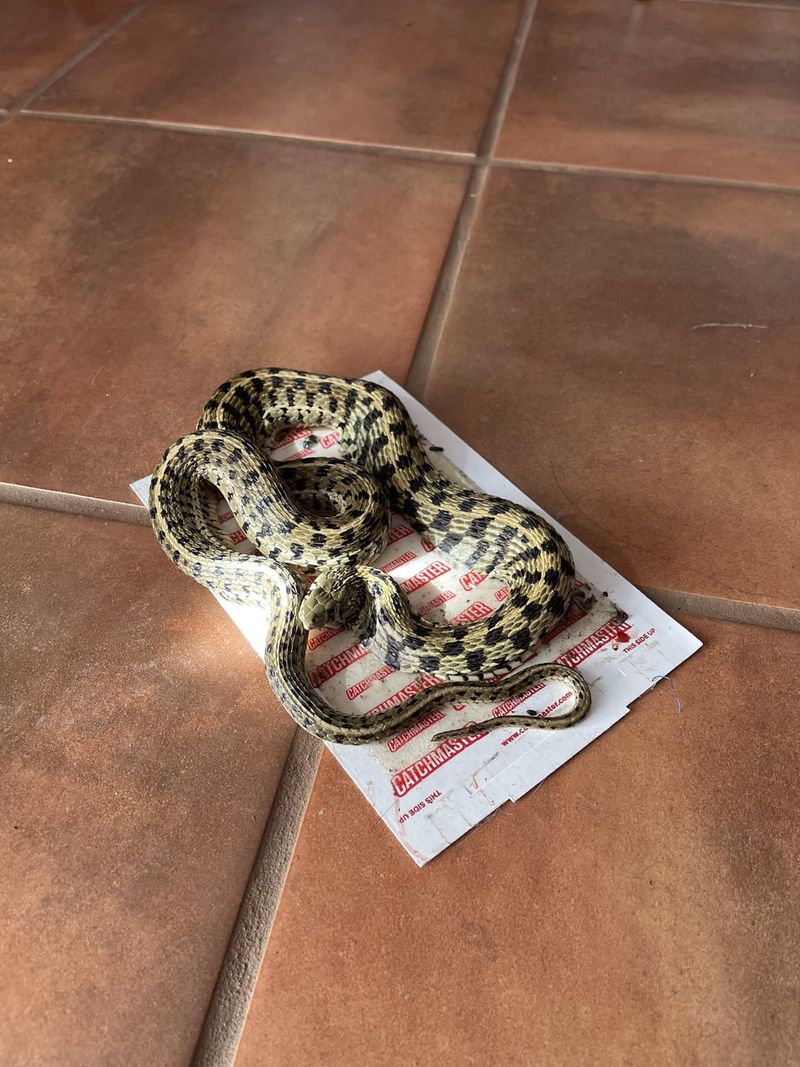
Commercial snake glue boards can be made humane with the right release technique. Vegetable oil breaks down the adhesive without harming the snake’s delicate scales.
Once a snake is stuck, gently pour vegetable oil where the body contacts the glue. Work slowly from head to tail, patiently allowing the oil to dissolve the adhesive. After release, the snake can be cleaned with mild soap and water.
8. DIY Snake Funnel Trap
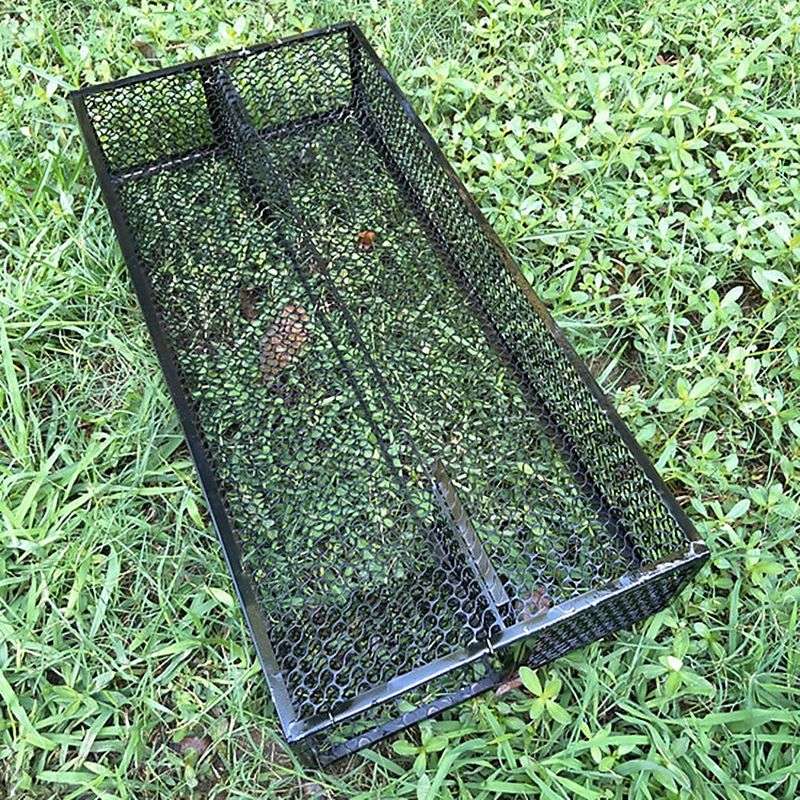
Hardware cloth and a few simple tools can create an effective snake trap. The funnel design exploits the snake’s inability to reverse direction in tight spaces.
Form hardware cloth into a cylinder with an inward-pointing funnel at one end. Bait with a small dish of water, as snakes are often seeking moisture. Place the trap along walls or fences where snakes travel.
9. Sweep And Scoop Method
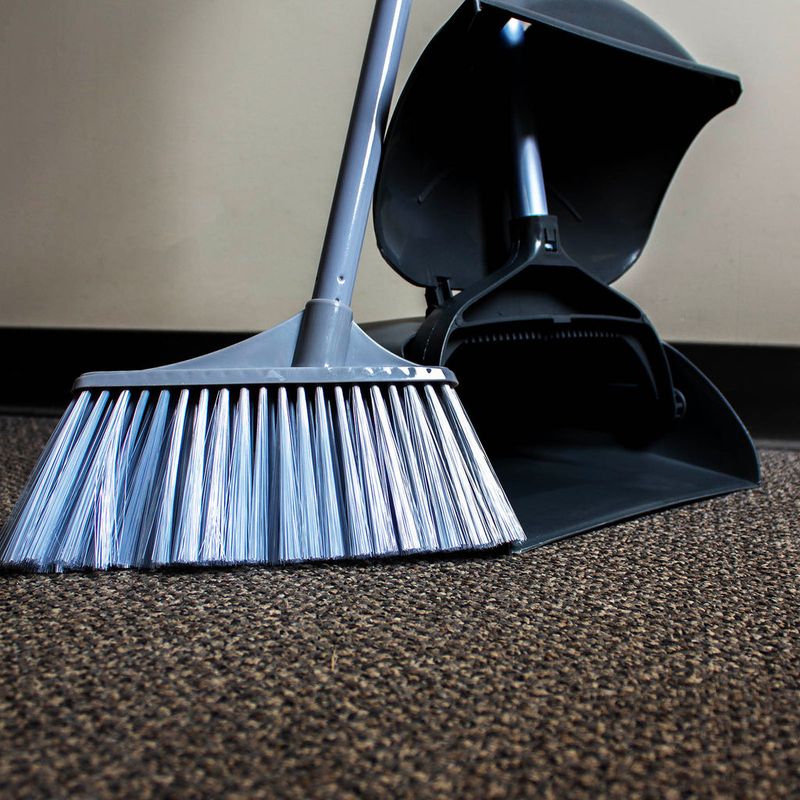
Sometimes the simplest tools work best. A regular broom and dustpan can safely relocate smaller non-venomous snakes without specialized equipment.
Use the broom to gently guide the snake onto the dustpan with slow, deliberate movements. Avoid quick motions that might startle the snake. Once on the dustpan, immediately transfer to a secure container for safe relocation.
10. Cooling Method For Safe Handling
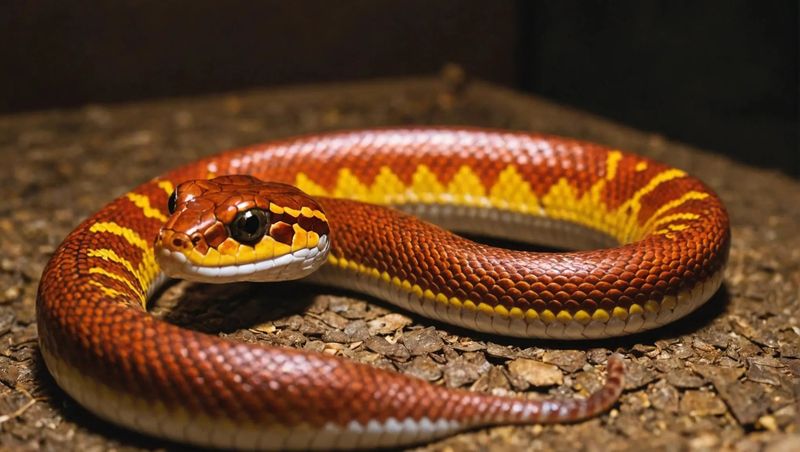
Snakes are ectothermic, meaning their activity level depends on environmental temperature. This biological fact creates a humane handling opportunity.
Place the snake in a ventilated container and briefly set it in a refrigerator (not freezer) for 10-15 minutes. The cooling slows the snake’s movements without harm, making transfer to a proper container much safer for both snake and handler.
11. Snake Shields And Barriers
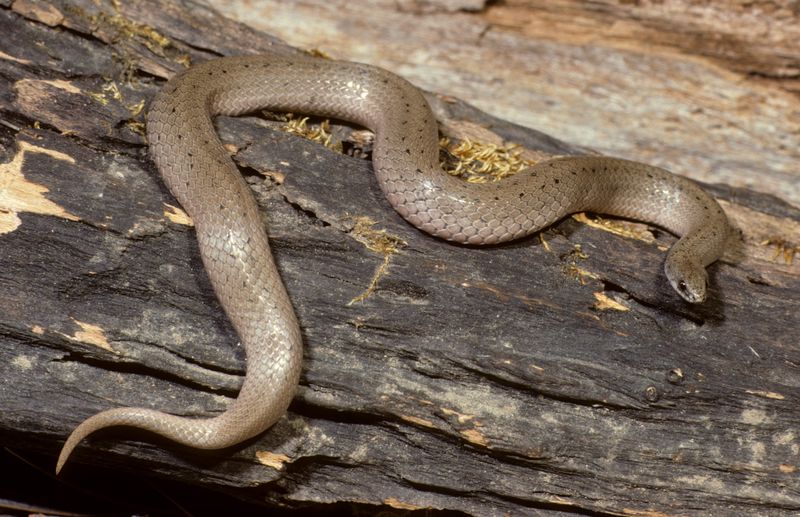
Capture becomes easier when you limit a snake’s escape options. Portable barriers create a controlled environment for safer handling.
Use lightweight foam boards or yard signs to create a small enclosure around the snake. Once contained, you can take your time selecting the best capture method. The barriers prevent escape while eliminating the pressure of rushing.
12. Attractant Bucket Trap
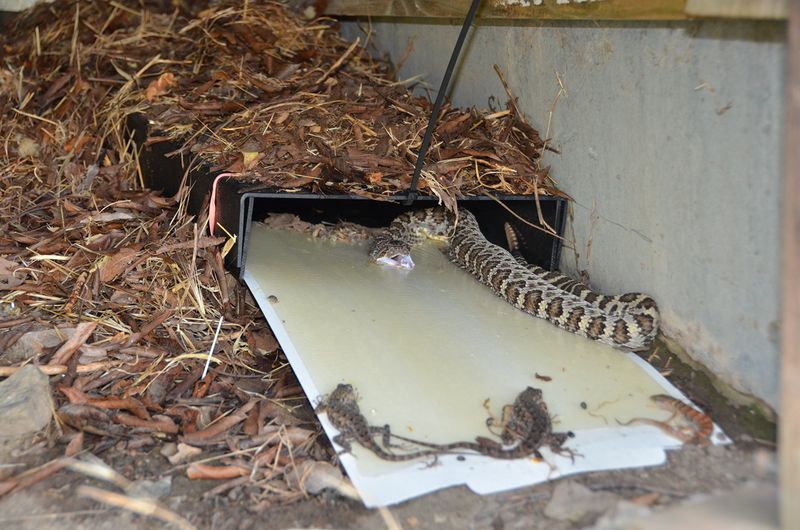
Leverage a snake’s natural behaviors with this clever trap design. A simple bucket with the right bait becomes irresistible to curious serpents.
Place a heating pad set on low inside a bucket with a ramp leading up to the rim. Cover the pad with a thin cloth. The warmth attracts snakes seeking thermal regulation, especially at night or in cooler weather.
13. Water Misting Technique

Water serves as both distraction and gentle guidance when capturing snakes. A simple spray bottle becomes a valuable snake-handling tool.
Lightly mist water in the snake’s direction using a spray bottle set to stream rather than spray. The water startles the snake just enough to pause its movement without causing stress. This brief moment allows for easier capture with another tool.
14. Professional Snake Bags
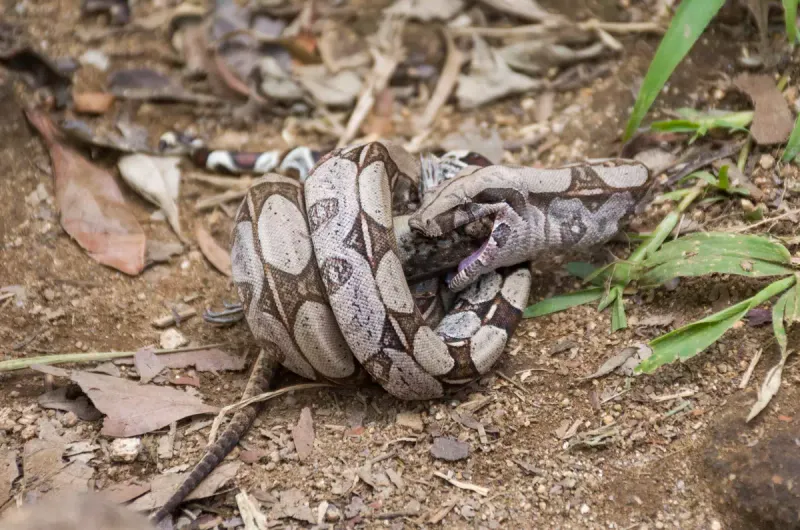
Specially designed snake bags feature safety cuffs that protect hands during the bagging process. The material allows airflow while preventing escape or injury.
Hold the bag open with the cuff creating a rigid opening. Guide the snake headfirst into the bag using a hook or tongs. Once the snake is partially inside, quickly flip the bag upward, allowing gravity to drop the snake fully inside.


